7 Smart Ways to Achieve a Rustic Wood Accent Wall for Dining Areas
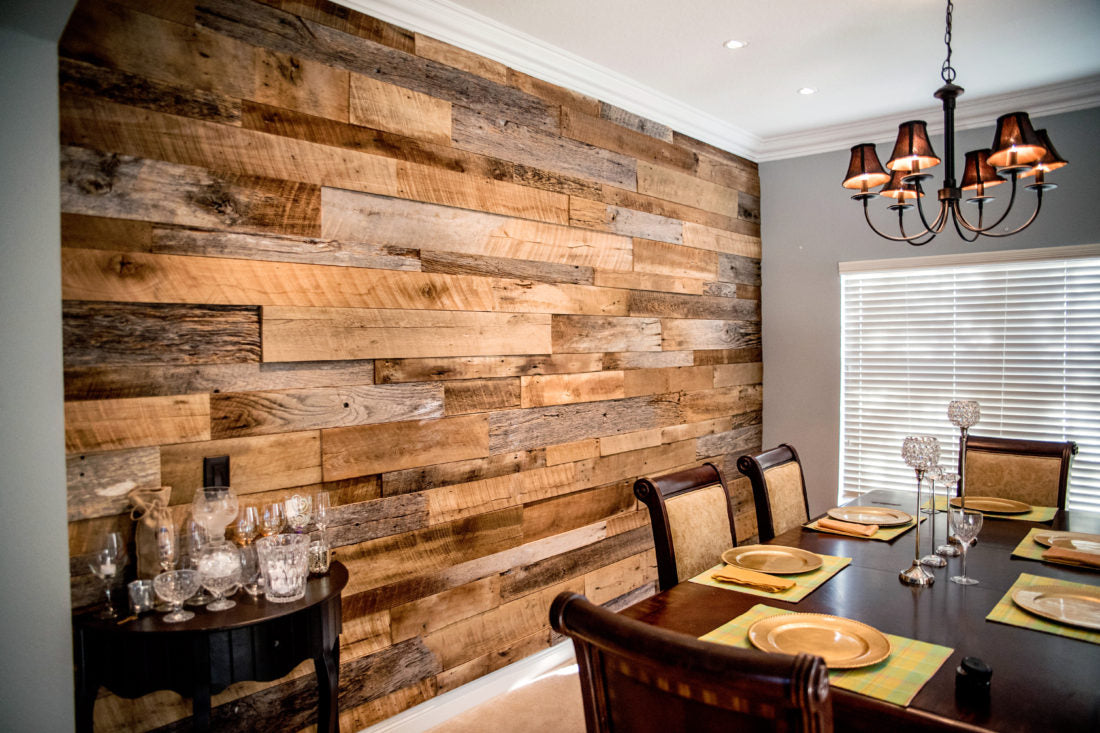
Adding a wall of wood to your dining space can completely transform the room, making it feel warm, inviting, and rich with character.
Historically, accent walls were used to highlight significant areas within a home, drawing attention and adding depth to the interior design. Today, using wood for an accent wall has become a way to connect with nature, introduce texture, and bring a sense of timelessness into our spaces.
Wood accent walls come in a range of styles, from the rugged charm of reclaimed barn wood to the clean lines of vertical slats, allowing you to match the design to your personal style.
Beyond looks, a wood wall can define a dining area within an open-plan space, improve sound quality by absorbing excess noise, and serve as a backdrop that enhances other decorative pieces.
If you’re ready to create a dining room that feels uniquely yours, where style meets function, and nature becomes a part of your everyday space, a wood wall could be just the touch your home needs.
Here are eight ideas to help you design a wood accent wall that truly elevates your dining room decor.
1. Create a Story with Reclaimed Wood
Reclaimed wood is an excellent choice if you want to add character and history to your dining room.
Salvaged from old barns, factories, or even boats, each piece of reclaimed wood carries unique weathering, knots, and color variations that tell a story and create a natural, rustic charm that new materials just can’t match.
This eco-friendly option aligns with today’s sustainable design trends, allowing you to enhance your home without increasing your environmental impact.
With the rise of rustic-chic and modern farmhouse styles, reclaimed wood has become more popular, but it can be pricey and sometimes tricky to source. Local salvage yards or specialized online stores are great places to find it.
Once you’ve chosen your pieces, it’s essential to treat the wood to ensure durability, especially if it’s been exposed to the elements. A simple clear sealant preserves its rugged look while offering long-lasting beauty for your wood accent wall and dining room decor.
2. Quick and Easy with Peel-and-Stick Wood Panels
Peel-and-stick wood panels are a game-changer for anyone wanting a rustic touch without committing to a full renovation. They offer a quick, stylish fix that’s great for renters or homeowners who prefer an easy update.
Available in a range of shades and textures, these panels let you go for anything from light, Scandinavian-inspired wood to a dark, barnwood look — all without hammer and nails.
A quick tip is to make sure to install these on a clean, smooth wall for the best hold, as they can struggle with textured surfaces.
Peel-and-stick panels tend to be more expensive per square foot than traditional wood options, but the savings on installation time and tools usually make up for it.
Costs typically range from $5 to $10 per square foot, depending on wood type and finish.
Comparing it with reclaimed wood from the previous section, peel-and-stick panels offer less permanence and heritage but deliver on ease and versatility, making them a smart addition to your wood accent wall plans for dining room decor.
3. Classic Farmhouse Vibe with Shiplap
Shiplap is a tried-and-true choice for adding character to any wall, especially in dining spaces where you want a relaxed, inviting atmosphere.
With its iconic horizontal grooves, shiplap creates a textured look that’s subtle yet full of depth, giving the room a sense of dimension without overpowering the decor.
Traditionally painted white for a farmhouse aesthetic, natural wood shiplap is also trending for those seeking a rustic, warm finish that’s a bit more understated. For those watching their budget, MDF (Medium-Density Fiberboard) shiplap offers a cost-effective option.
MDF is easy to paint and still captures that classic shiplap look, although it’s best avoided in high-humidity areas since it’s prone to swelling if exposed to moisture.
Real wood shiplap, on the other hand, holds up well and adds more authenticity — especially if you want that rough-hewn or reclaimed finish.
Whether you’re going for modern farmhouse or rustic elegance, shiplap suits both styles seamlessly, making it a popular wood accent wall choice for enhancing your dining room decor with timeless appeal.
4. Add Depth with Mixed Wood Textures
Let’s talk shiplap – a classic that never seems to go out of style.
This choice, with its distinctive grooves, adds texture and dimension that work wonders in a dining room, giving it that cozy, welcoming feel we saw with reclaimed wood in the first section.
Unlike the rugged, reclaimed look, shiplap has a cleaner, more structured appearance, so it’s perfect if you’re going for a polished rustic vibe.
Natural wood tones on shiplap panels have gained popularity for that rustic feel, but if you want a more classic farmhouse look, go with the timeless white finish.
Either way, shiplap makes your dining area feel both relaxed and thoughtfully put-together.
MDF shiplap is an affordable option for those on a budget, offering similar aesthetics to real wood (but maybe skip it near the kitchen sink — humidity and MDF aren’t best friends).
For the DIY-ers, installation isn’t too complex. With just a nail gun and a little patience, you can have a shiplap wall up in a weekend, transforming the space without breaking the bank.
If you’re still considering other options, remember that shiplap brings a smooth, consistent look, setting it apart from the more textured reclaimed panels we discussed earlier.
It’s a versatile wood accent wall that adds character without stealing the show, making it a winning choice for anyone looking to upgrade their dining room decor.
5. Light and Breezy with Weathered Wood
For an easygoing, coastal-inspired look, weathered wood fits right in. Its sun-bleached tones add a light, breezy feel that balances the rustic elements of a dining room without overpowering it.
This type of wood accent wall pairs beautifully with spaces that get ample natural light, creating a warm, open vibe reminiscent of seaside retreats. Unlike darker, reclaimed woods, weathered wood keeps things fresh and airy, making it ideal for those wanting a relaxed but refined look.
Now, if genuine weathered wood isn’t in the budget (it can be pricey given the aging process), you’re not out of luck. You can DIY this effect with new wood and a weathering stain.
This approach mimics the naturally sun-faded look, letting you achieve the same aesthetic without the steep price tag. Plus, weathering stains give you more control over the exact shade and finish, allowing you to tailor it to your dining room decor.
As we've seen in earlier sections with reclaimed and peel-and-stick options, each wood style brings its own character to a wood accent wall.
While reclaimed wood leans heavily into history and character, weathered wood offers a lighter, coastal take, perfect for those seeking a more laid-back vibe in their dining room decor.
This diversity in options lets you balance your style preferences with budget and design needs, tying together the rustic charm explored throughout the article.
6. Vertical Wood Slats for a Modern Rustic Look
If you’re aiming for a contemporary touch with your rustic wall, vertical wood slats are the way to go. Unlike traditional horizontal planks, vertical slats add height to the room and create clean, sleek lines.
This style can be especially impactful in smaller spaces, as it draws the eye upward, making the room feel taller.
Pro Tip: Vertical wood slats can be more affordable if you use engineered wood options like MDF with a wood veneer. This material looks like real wood but is budget-friendly and easy to install.
For added flair, consider spacing the slats slightly to let light filter through, creating interesting shadows and adding dimension.
7. Affordable Rustic Style with Pallet Wood
Using pallet wood for a rustic accent wall is both affordable and stylish, adding a cozy, rugged charm to your dining area without breaking the bank.
Pallets are often made from durable, rough-cut wood, full of character with its natural imperfections, knots, and occasional nail holes.
Sourced from local businesses or warehouses, pallets can sometimes even be obtained for free, making them a go-to for budget-conscious DIYers looking to add personality to their dining room decor.
But before you dive in, a few checks are essential. First, make sure your pallet wood is safe for indoor use; look for stamps marked “HT” (heat-treated), as this indicates the wood hasn’t been treated with harmful chemicals like methyl bromide, commonly marked as “MB.”
A quick sanding will remove any rough spots and splinters, keeping the texture rustic yet safe. For longevity, consider applying a sealant to protect against daily wear and tear, especially in a high-traffic dining space.
Compared to the reclaimed wood approach discussed earlier, pallet wood offers a similarly rustic look but at a fraction of the cost. It’s a practical solution if you want that authentic, weathered feel without the hefty price tag associated with reclaimed materials.
Conclusion
Creating a rustic accent wall is more than just a design choice; it's an invitation to bring warmth and character into your home.
Whether you're working with reclaimed wood, pallet boards, or sleek wood slat panels, each option allows you to tailor the wall to fit your style and space.
From practical built-in shelving to cozy weathered wood, there’s a perfect approach for every taste and budget. A rustic wood accent wall doesn’t just sit in the background; it sets the tone, making your dining room feel like the heart of your home.
As we’ve explored in this article, rustic walls have evolved from farmhouse staples to modern design features, fitting seamlessly into today’s interiors while honoring a history of craftsmanship and natural beauty.
So if you're looking to enhance your dining room decor with a blend of functionality and charm, an accent wall is a versatile and stylish solution.
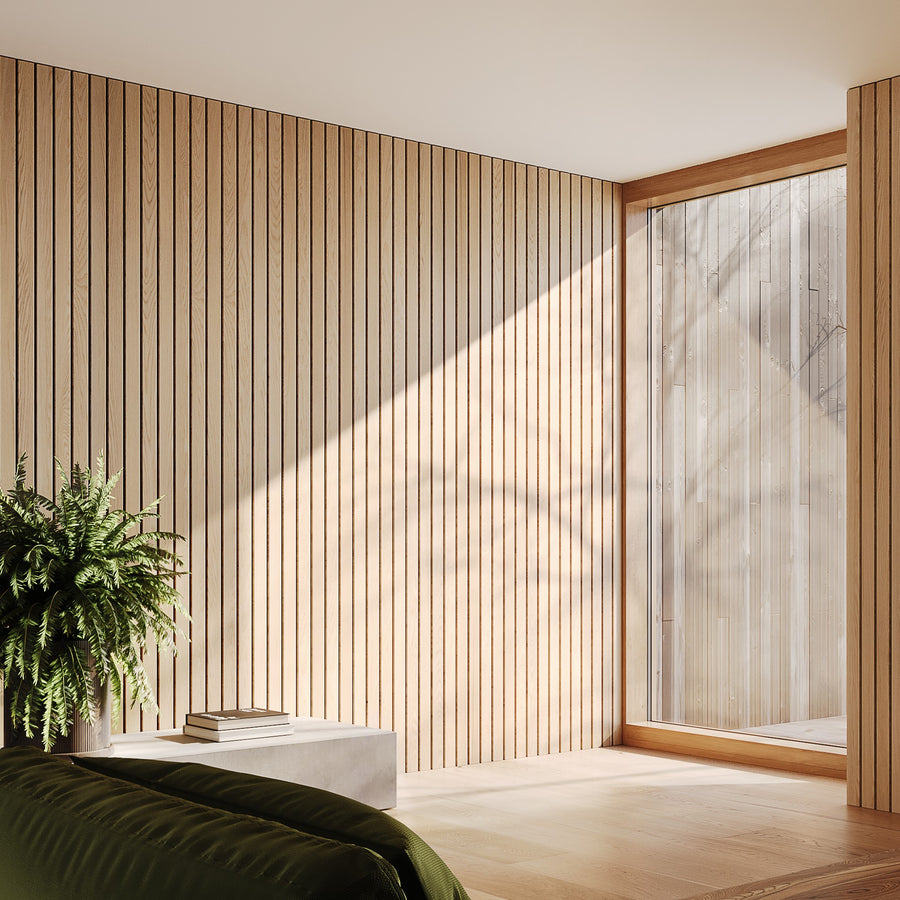
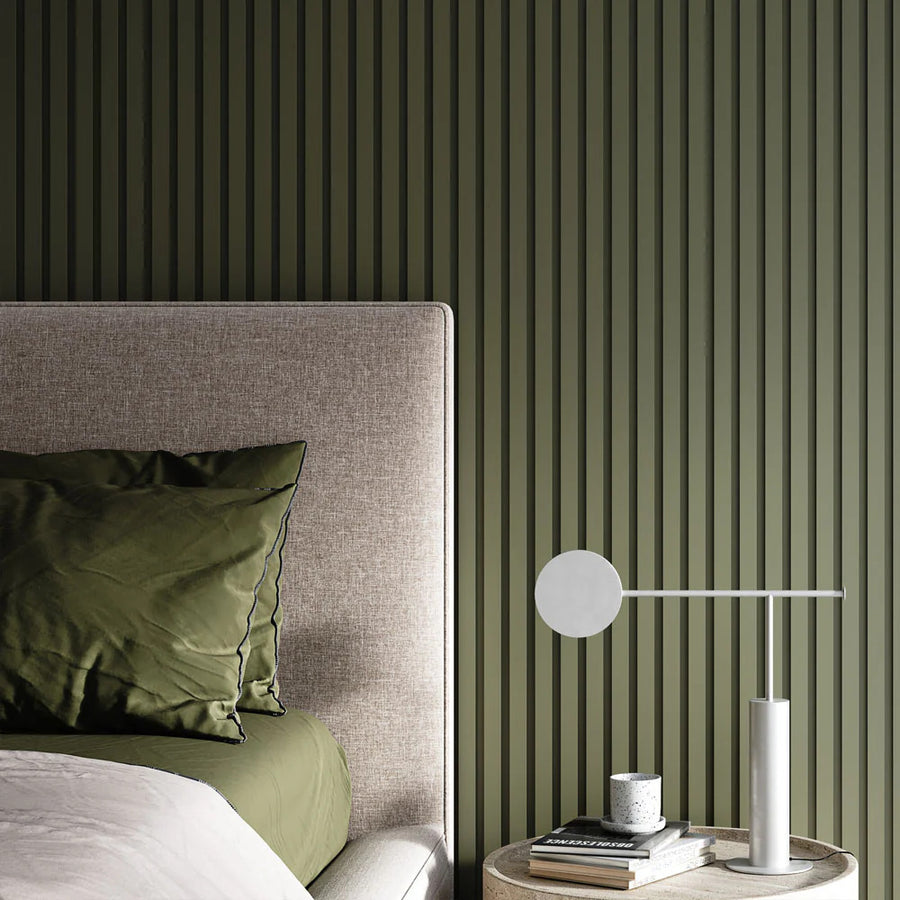
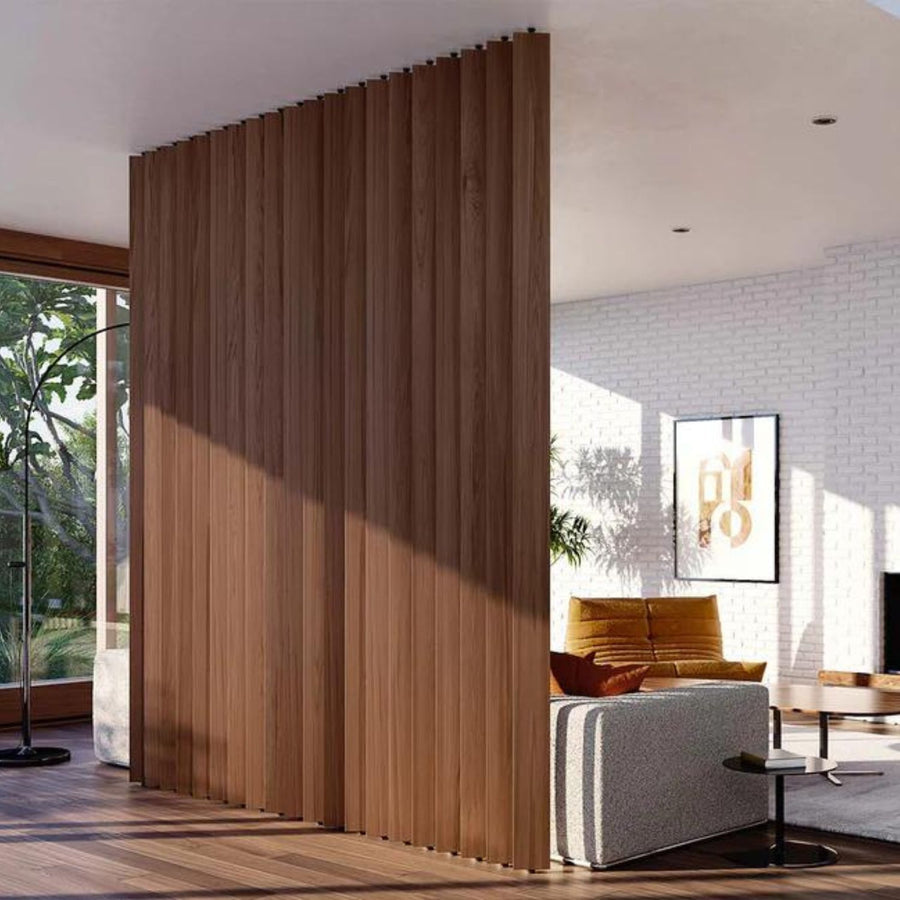

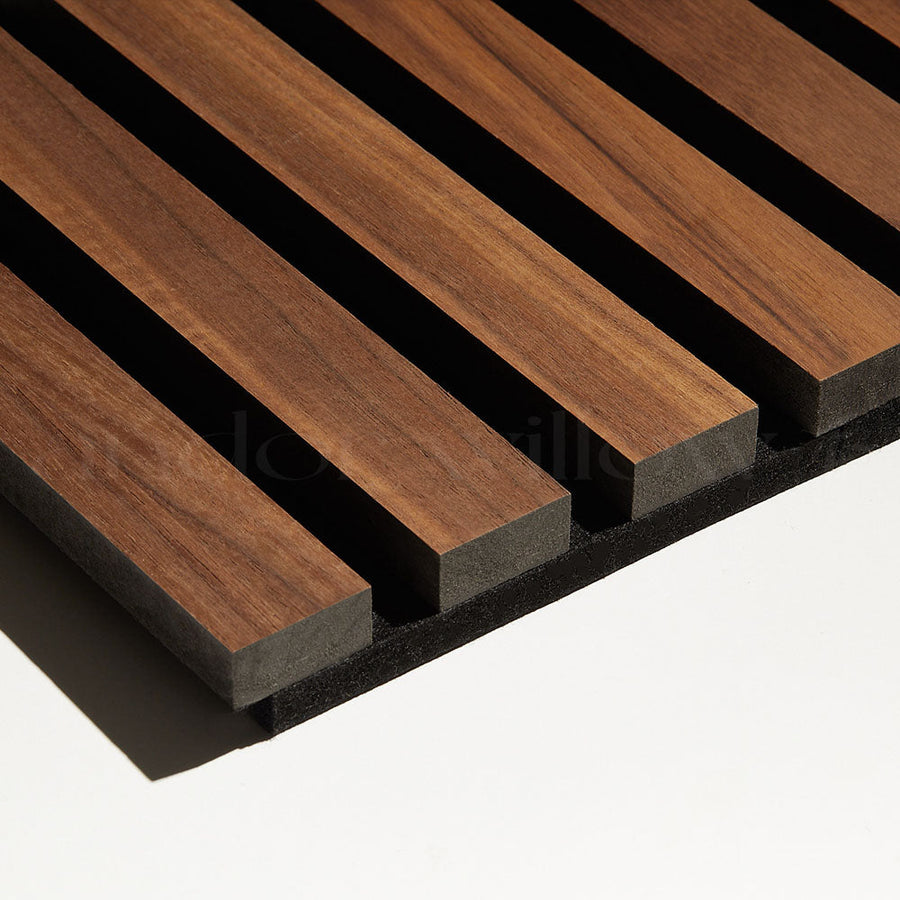
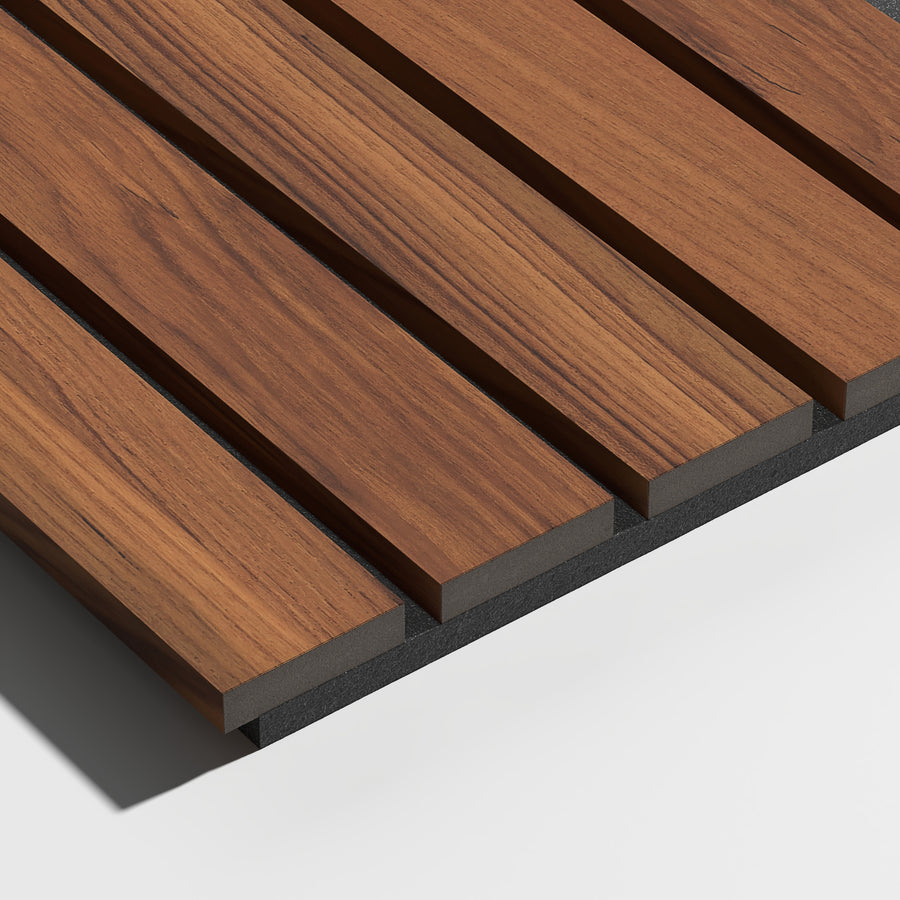


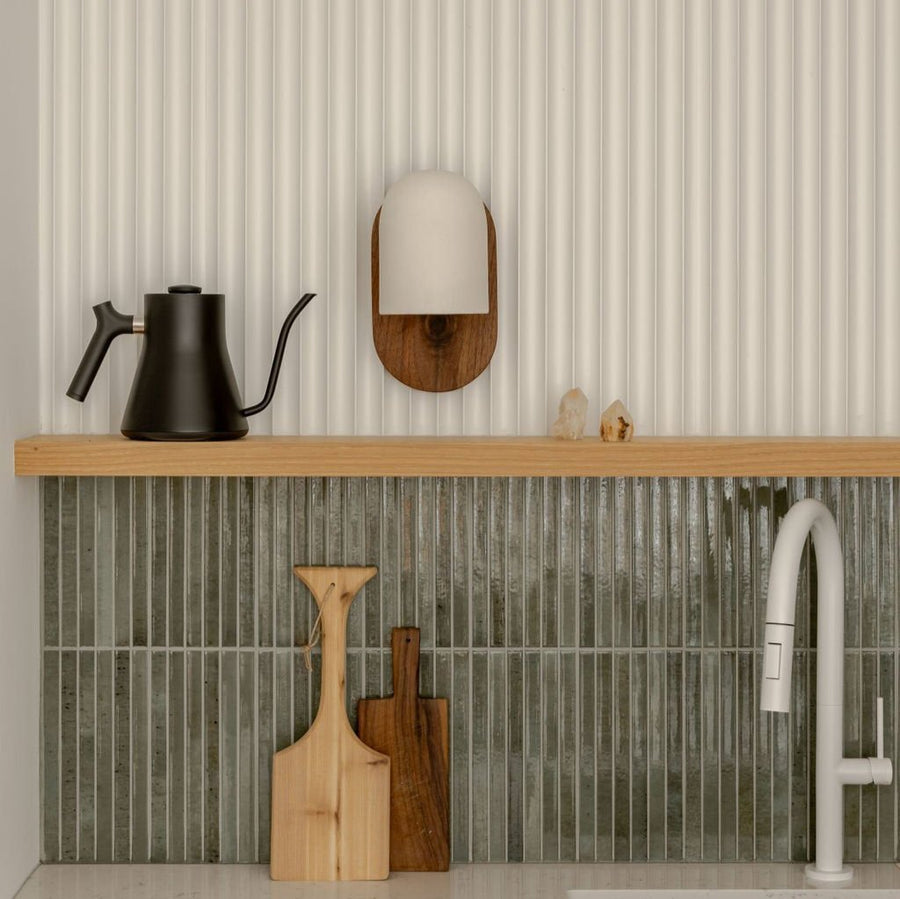
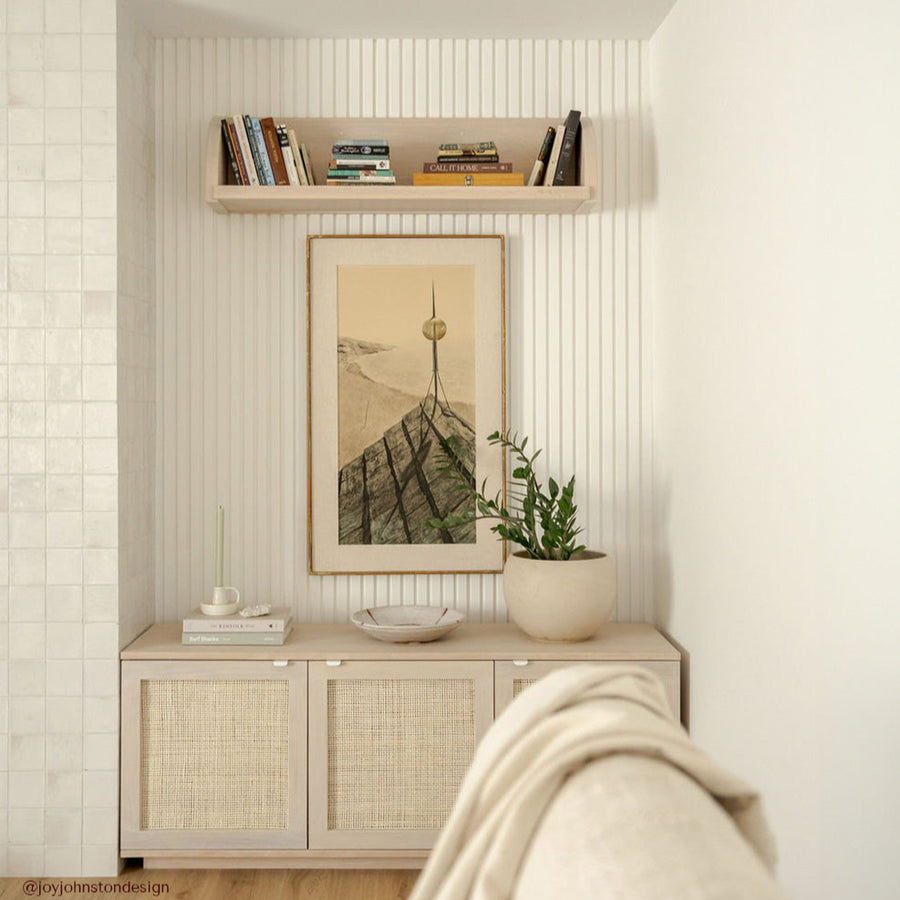


















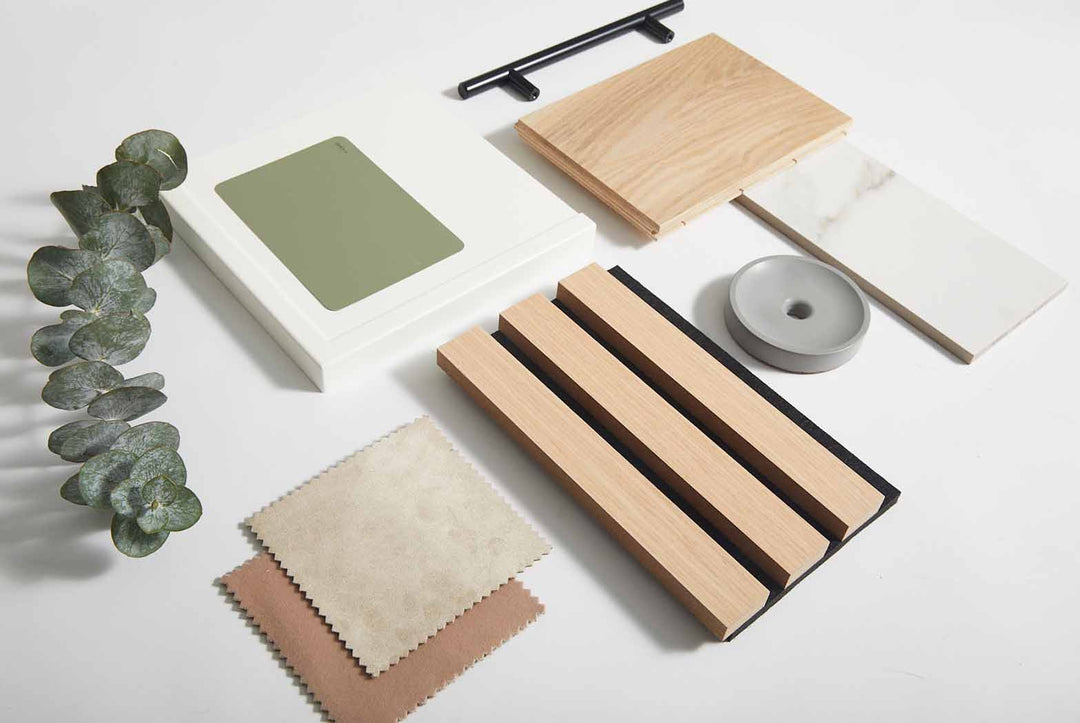
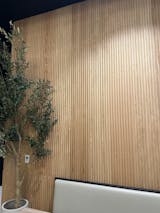











Leave a comment